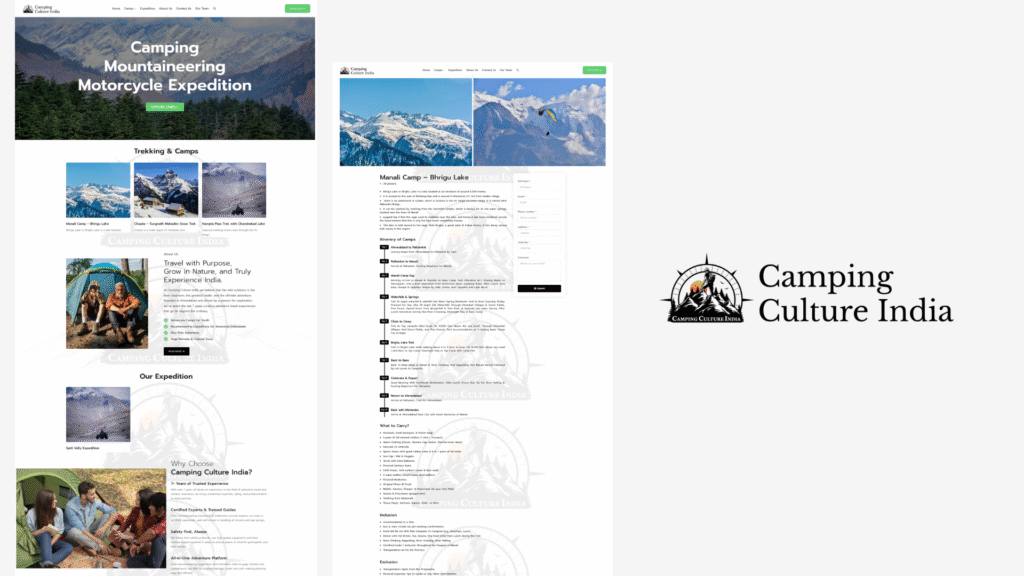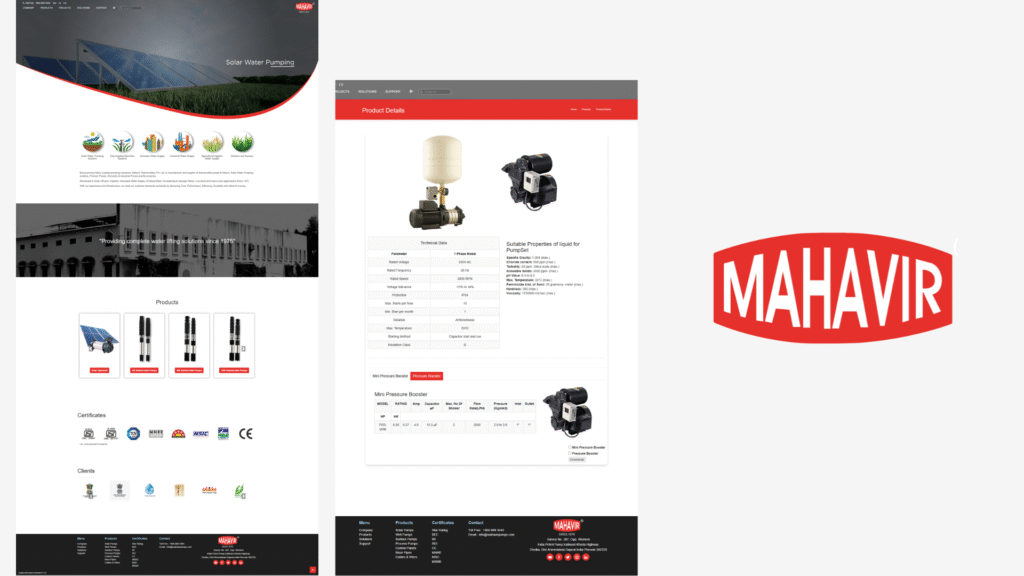Speed Up Your WordPress Site in 2025: Expert Tips & Tools
In the fast-paced digital world of 2025, website speed remains a critical factor for user engagement, SEO rankings, and overall success. A sluggish website can lead to high bounce rates, lost revenue, and poor search engine visibility. As one of the most popular content management systems worldwide, WordPress offers great flexibility but requires ongoing optimization to stay competitive. This comprehensive guide reveals the most effective strategies, tools, and best practices to speed up your WordPress site in 2025.
Why Website Speed Matters in 2025
Website speed impacts several crucial aspects of your online presence:
- User Experience (UX): Faster sites provide seamless navigation, reducing frustration and increasing conversions.
- SEO Performance: Search engines like Google prioritize quick-loading websites in their rankings.
- Conversion Rates: Studies show that even a one-second delay can dramatically decrease conversions.
Given this, optimizing your WordPress site’s speed should be a top priority for website owners in 2025.
Key Factors Affecting WordPress Site Speed
Understanding what influences your site’s performance is essential to address issues effectively. The main factors include:
- Hosting Environment: Shared hosting versus dedicated or managed hosting impacts load times.
- Theme and Plugins: Excessive or poorly coded themes/plugins can drag down speed.
- Images and Media: Unoptimized images slow page load times significantly.
- Caching and Content Delivery: Lack of caching and CDN utilization can increase server response times.
- Code Optimization: Bloated CSS, JavaScript, and HTML affect rendering speeds.
Top Strategies to Speed Up Your WordPress Site in 2025
Implementing the right combination of techniques can significantly improve your site’s performance. Here are the most effective methods:
1. Choose a Fast, Reliable Hosting Provider
Your hosting environment forms the foundation of your website’s speed. In 2025, consider:
- Managed WordPress Hosting: Providers like Kinsta, WP Engine, and SiteGround optimize server environments specifically for WordPress.
- Cloud Hosting: Solutions like Google Cloud, AWS, or Azure offer scalable infrastructure with high performance.
- Server Location: Choose a data center geographically close to your target audience.
Investing in quality hosting reduces server response times (Time To First Byte) and ensures smoother performance under traffic spikes.
2. Optimize Your WordPress Theme and Plugins
Theme and plugin choices heavily influence site speed:
- Select Lightweight Themes: Opt for themes optimized for speed such as GeneratePress or Astra.
- Limit Plugins: Deactivate and delete unnecessary plugins. Use only essential, well-coded plugins.
- Update Regularly: Keep themes and plugins up-to-date to benefit from performance improvements.
For assessing theme/plugin performance, tools like GTmetrix and Google PageSpeed Insights are invaluable.
3. Implement Effective Caching Techniques
Caching reduces server load and decreases page load times for repeat visitors. Key caching strategies include:
- Page Cache: Stores static versions of pages to serve faster.
- Browser Cache: Tells browsers to cache static assets like images, CSS, JavaScript.
- Object Cache: Stores database queries for faster retrieval.
Popular caching plugins include WP Super Cache and W3 Total Cache. Alternatively, managed hosting often provides built-in caching solutions.
4. Utilize a Content Delivery Network (CDN)
A CDN distributes your content across global servers, ensuring users load assets from locations closest to them. This reduces latency and speeds up load times. In 2025, top CDN providers include:
Most CDN services offer easy integration with WordPress via plugins or DNS settings.
5. Optimize Images and Media Files
Images contribute significantly to page size. Optimizing them ensures faster loading without sacrificing quality:
- Use Modern Formats: Convert images to WebP or AVIF for high compression efficiency.
- Lazy Loading: Load images only when they enter the viewport. Native lazy loading is supported via the loading=”lazy” attribute or plugins like Rocket Lazy Load.
- Compress Images: Use tools like TinyPNG or plugins like Smush.
6. Minimize and Combine CSS, JavaScript, and HTML
Reducing file sizes and eliminating unnecessary code improve rendering speed:
- Minification: Remove whitespace and comments from code files.
- Combination: Merge multiple files into one to reduce HTTP requests.
Plugins like Autoptimize and WP Rocket facilitate these optimizations seamlessly.
7. Remove Unused Plugins and Themes
Legacy themes or plugins not actively in use can cause conflicts and bloat. Regularly audit your site to:
- Delete inactive plugins/themes.
- Ensure only necessary code runs on each page.
8. Use Database Optimization Methods
Over time, your database accumulates overhead from post revisions, transients, and spam comments. Regular cleanup improves performance. Techniques include:
- Using plugins like WP-Optimize.
- Scheduling regular database repairs and cleanups.
Advanced Tips for WordPress Speed Optimization in 2025
For those looking to push performance further, consider:
1. Implement HTTP/3 Protocol
The latest iteration of HTTP improves connection speeds, especially with QUIC protocol support. Ensure your server and CDN support HTTP/3 to maximize speed.
2. Optimize Fonts
Use only essential font weights and formats. Serve fonts asynchronously. Google Fonts can be optimized with font subsetting tools.
3. Enable Critical CSS
Load above-the-fold CSS inline to allow faster rendering. Tools such as Critical Path CSS generators assist in this process.
4. Monitor Performance Regularly
Use tools like GTmetrix, Google PageSpeed Insights, and WebPageTest to audit performance and identify bottlenecks.
Choosing the Right Tools for WordPress Performance in 2025
The right toolkit can streamline your optimization efforts. Here are some top recommended tools:
- Performance Testing: GTmetrix, Google PageSpeed Insights, WebPageTest
- Caching Plugins: WP Rocket, W3 Total Cache, Cache Enabler
- Image Optimization: Smush, ShortPixel, EWWW Image Optimizer
- Database Cleanup: WP-Optimize, Advanced Database Cleaner
- Security and Monitoring: Wordfence, Sucuri Security, New Relic
Final Thoughts: Speed as a Continuous Commitment
Optimizing your WordPress site for speed is an ongoing process, not a one-time task. As technology advances and new techniques emerge, regularly revisit your website’s performance, implement updates, and refine your strategies. Remember, a fast website elevates user satisfaction, improves your SEO rankings, and drives business growth.
Pro Tip: Always backup your website before making significant optimizations to prevent unintended issues.
Conclusion
In 2025, speed remains vital for any successful WordPress website. By choosing quality hosting, optimizing images, leveraging caching and CDN, minimizing code, and using the right tools, you can significantly enhance your site’s performance. With dedication and regular maintenance, your WordPress site will provide a lightning-fast experience that delights visitors and improves your online presence.



